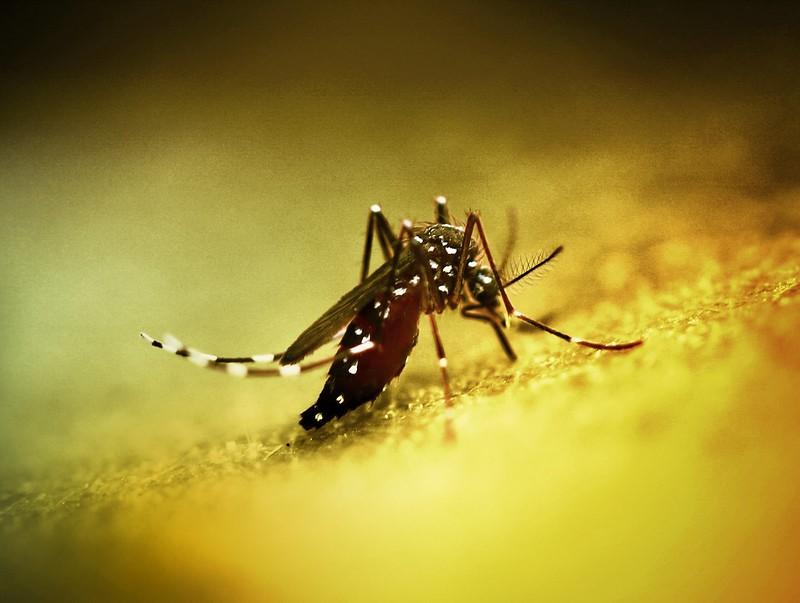
A study of US hospital data shows that carbapenem-resistant Acinetobacter baumannii (CRAB) accounted for more than a third of all A baumannii infections from 2018 through 2022 and is increasingly more common, US researchers reported yesterday in BMC Infectious Diseases.
Using clinical and microbiologic data from 314 US hospitals included in the PINC AI Database, researchers examined 7,270 hospitalizations in which one or more A baumannii clinical culture was identified. In addition to assessing the overall and regional incidence of A baumannii and CRAB, the researchers examined hospital discharge destination, 14- and 30-day hospital mortality, total hospital length of stay (LOS), and infection-associated LOS.
Steady increase in CRAB incidence
The overall A baumannii incidence rate was 1.19 cases per 100 hospitalization encounters and 1.33 cases per 100 unique patients. Yearly incidence increased slightly from 2018 through 2021, then dropped below 2019 levels in 2022. For CRAB, a total of 2,708 hospital encounters (37%) were identified, with an overall incidence rate of 0.44 cases per 100 hospitalization encounters. Yearly incidence rose from 0.39 per 100 hospitalization encounters in 2018 to 0.53 in 2022. The west south central, east north central, and east south central regions had the highest CRAB incidence rates (0.78, 0.67, and 0.63 cases per 100 hospitalization encounters, respectively).
Patients with CRAB relative to patients with carbapenem-susceptible A baumannii (CSAB) were more likely to die during their hospitalization (20.5% vs. 11.3%, respectively), were more likely to be transferred to another healthcare facility (38.6% vs. 22.4%), and were less likely to be discharged to home (18.0% vs. 47.7%). Patients with CRAB also had significantly higher 14- and 30-day in-hospital mortality rates and significantly longer total and infection-associated hospital LOS relative to patients with CSAB.
"Given the observed incidence rates of CRAB and CSAB in this study and the critical importance of early appropriate therapy, clinicians should consider A. baumannii, especially CRAB, as a potential pathogen in adult hospitalized patients presenting with clinical signs and symptoms of infections," the study authors wrote, adding that strict infection control and routine surveillance might reduce the burden.

















